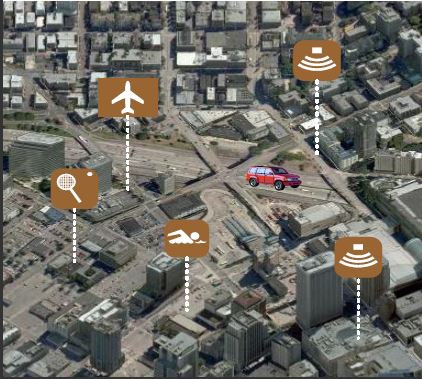With recent advances in sensing technologies, a myriad of spatio-temporal data has been generated and recorded in smart cities. Forecasting the evolution patterns of spatio-temporal data is an important yet demanding aspect of urban computing, which can enhance intelligent management decisions in various fields, including transportation, environment, climate, public safety, healthcare, and others. Traditional statistical and deep learning methods struggle to capture complex correlations in urban spatio-temporal data. To this end, Spatio-Temporal Graph Neural Networks (STGNN) have been proposed, achieving great promise in recent years. STGNNs enable the extraction of complex spatio-temporal dependencies by integrating graph neural networks (GNNs) and various temporal learning methods. In this manuscript, we provide a comprehensive survey on recent progress on STGNN technologies for predictive learning in urban computing. Firstly, we provide a brief introduction to the construction methods of spatio-temporal graph data and the prevalent deep-learning architectures used in STGNNs. We then sort out the primary application domains and specific predictive learning tasks based on existing literature. Afterward, we scrutinize the design of STGNNs and their combination with some advanced technologies in recent years. Finally, we conclude the limitations of existing research and suggest potential directions for future work.
翻译:暂无翻译




